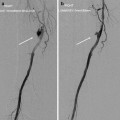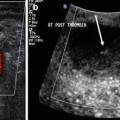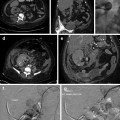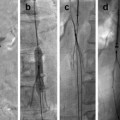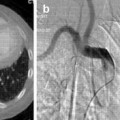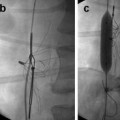, Anna Maria Belli2 , Joo-Young Chun3, Raymond Chung3, Raj Das3, Andrew England4, Karen Flood5, Marie-France Giroux6, Richard G. McWilliams7, Robert Morgan3, Nik Papadakos3, Jai V. Patel8, Raf Patel8 , Uday Patel9 , Lakshmi Ratnam10 , Reddi Prasad Yadavali11 and John Rose12
(1)
Department of Interventional Radiology, University Hospitals Southampton, Southampton, Hampshire, UK
(2)
Department of Radiology, St. George’s Hospital and Medical School, Blackshaw Road, London, SW17 0RE, UK
(3)
Department of Radiology, St. George’s Hospital, London, UK
(4)
Department of Radiography, University of Salford, Manchester, UK
(5)
Department of Vascular Radiology, Leeds General Infirmary, Leeds, UK
(6)
Department of Radiology, CHUM-Centre Hospitalier de l’Université de Montréal, Montreal, QC, Canada
(7)
Department of Radiology, Royal Liverpool University Hospital, Liverpool, UK
(8)
Department of Radiology, The Leeds Teaching Hospitals NHS Trust, Leeds, West Yorkshire, UK
(9)
Department of Diagnostic Radiology, St. George’s Hospital and Medical School, Blackshaw Road, SW17 0QT London, UK
(10)
Department of Radiology, St. George’s Hospital, Blackshaw Road, SW17 0QT London, UK
(11)
Department of Radiology, Aberdeen Royal Infirmary, Aberdeen, UK
(12)
Department of Interventional Radiology, Freeman Hospital, Newcastle Upon Tyne Hospitals NHS Trust, Newcastle upon Tyne, UK
Abstract
This case illustrates the treatment of a type 2 endoleak following fenestrated EVAR by coil embolization of the IMA.
Keywords
ComplicationsEVARType 2 endoleakEmbolizationIMACase History
A 78-year-old man presented with an 8.8-cm asymptomatic juxtarenal AAA and was referred for fenestrated endovascular aortic aneurysm repair (FEVAR). Following the implantation, a large type 2 endoleak was demonstrated on the 1-month baseline CT scan (Fig. 18.1a). Contrast medium was also seen in the inferior mesenteric artery (IMA) which lay in close proximity to the aneurysm sac (Fig. 18.1b). Six months later the endoleak was still present (Fig. 18.1c), the right limb of the graft had occluded, and the aneurysm had expanded to 10 cm (Fig. 18.1d




Stay updated, free articles. Join our Telegram channel

Full access? Get Clinical Tree


